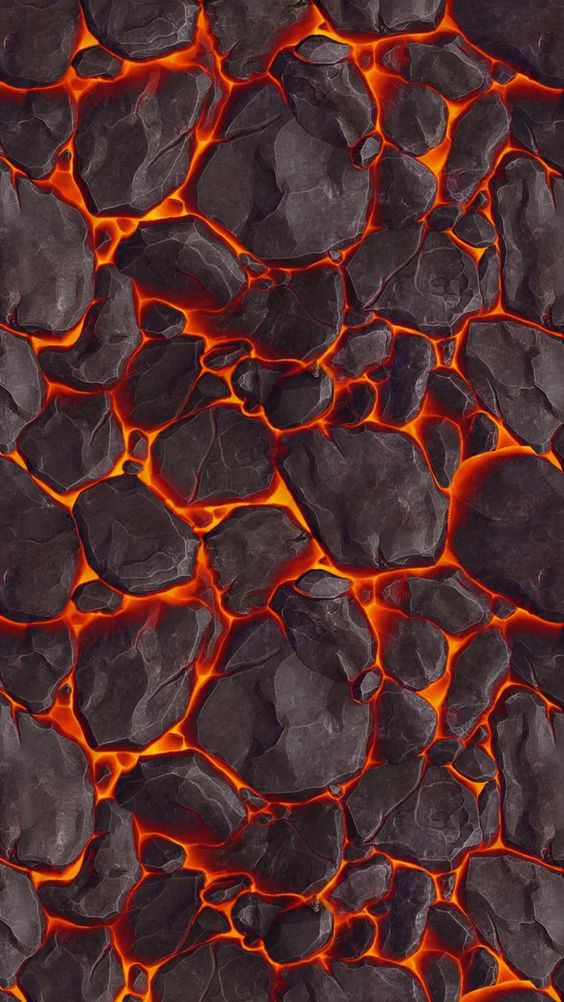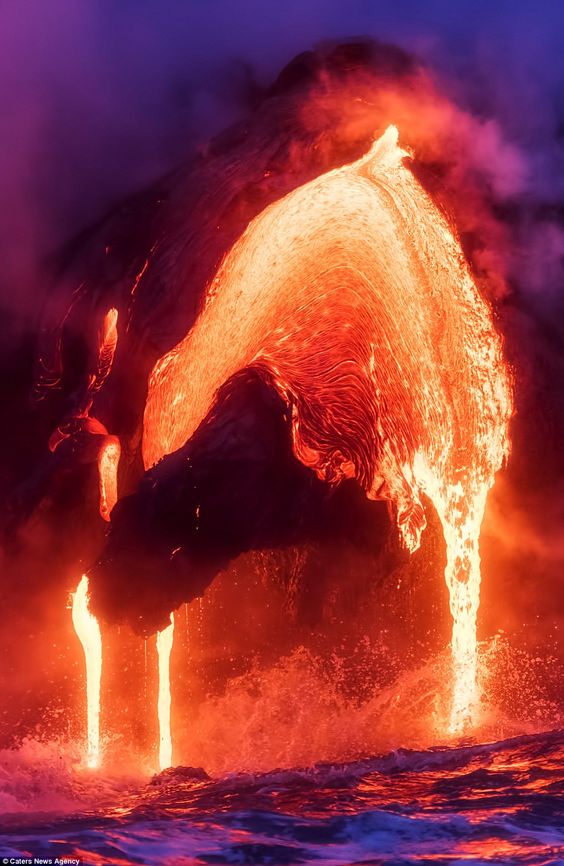What is Lava?
When a volcano erupts, the molten rock (or magma) that comes out of the Earth is called lava. Because lava is so hot (more than 1,100 degrees C, over 2,000 degrees F), it remains molten and flows across the ground until it cools and hardens into rock. Lava is the most common form of material erupted from volcanoes that form oceanic islands like the Galápagos and Hawaiian Islands. Lava flows are usually only 1-10 meters thick, but some flows can be as thick as 50-100 meters, depending on the type of lava and the volume of the eruption.
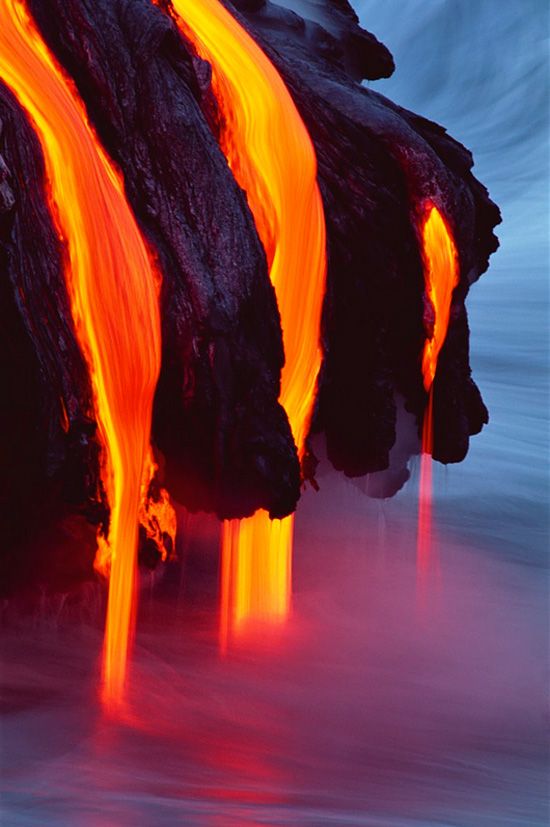
How Long Does it Take a Volcano to Grow?
Volcanoes are created over approximately 10,000-500,000 years by thousands of eruptions — each lava flow covering the one before it. In the case of oceanic island volcanoes, lava erupts first from fissures, or cracks, on the deep ocean floor. The flows continue to build up and finally an island emerges from the sea. It was only when scientists began sampling the deep ocean floor in the 1950s and 1960s that they realized that most of the ocean floor is composed of lava flows. In fact, more lava has erupted on the sea floor than anywhere on Earth, mostly from mid-ocean ridges — the longest chain of active volcanoes on our planet.
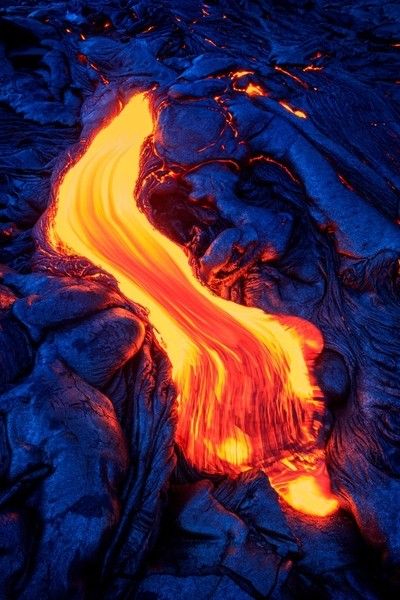
What Types of Lava Flows Are There on Land?
On land, there are two basic types of lava: a’a (pronounced ah-ah) and pahoehoe (pronounced pah-hoy-hoy). Polynesians use these words to describe a smooth, rolling sea (pahoehoe) or a rough, choppy ocean (a’a). Because a lot of our knowledge about volcanoes has come from studies on Hawaii, these Polynesian words are now commonly used to describe the roughness of a lava flow.
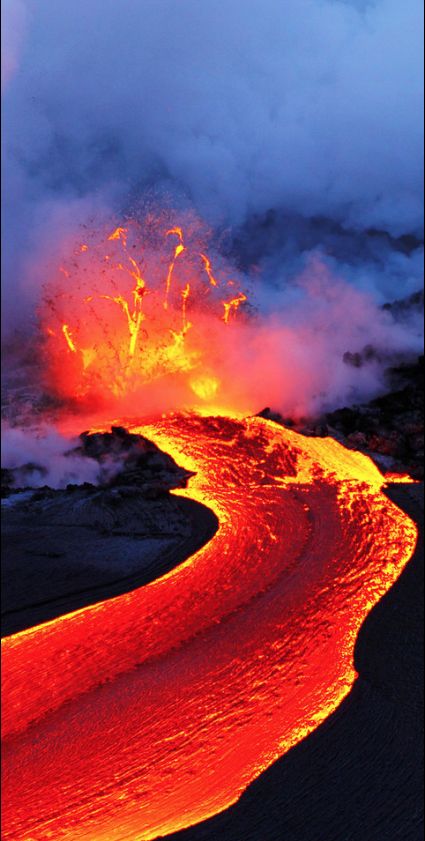
A’a lava flows have a very rough, rubbly surface because of their high eruption rates. As the upper surface of the lava cools and becomes rock, it is continually ripped apart by the moving molten lava inside the flow. Pieces of the rocky surface are broken, rolled and tumbled along as the lava flow moves. When finally cooled to a solid, a’a lava flows look like a jagged heap of loose rock that is very difficult to walk over without stumbling and getting cut. Charles Darwin described the a’a flows he observed in the Galápagos as “a sea frozen in its most boisterous state.”
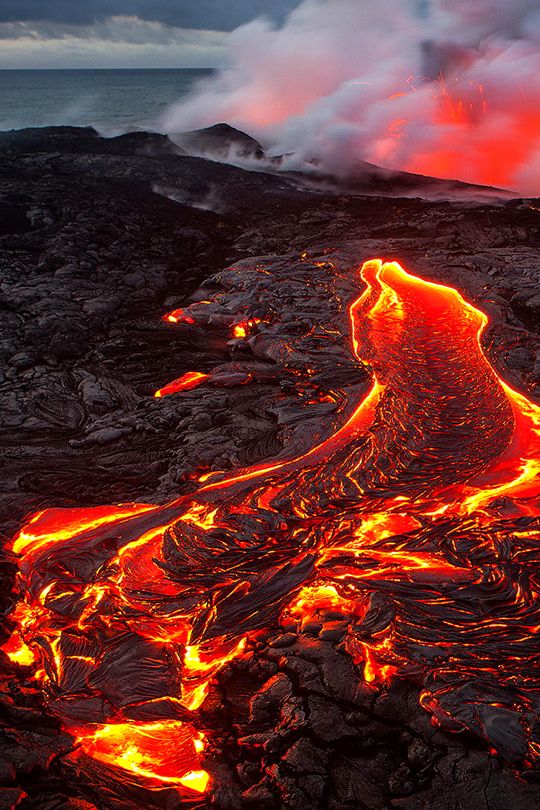
In contrast, pahoehoe lava flows have a relatively smooth surface texture because of their low eruption rates. Pahoehoe lava flows develop surface crusts that form thick plates with ropy and/or gently undulating surfaces.
